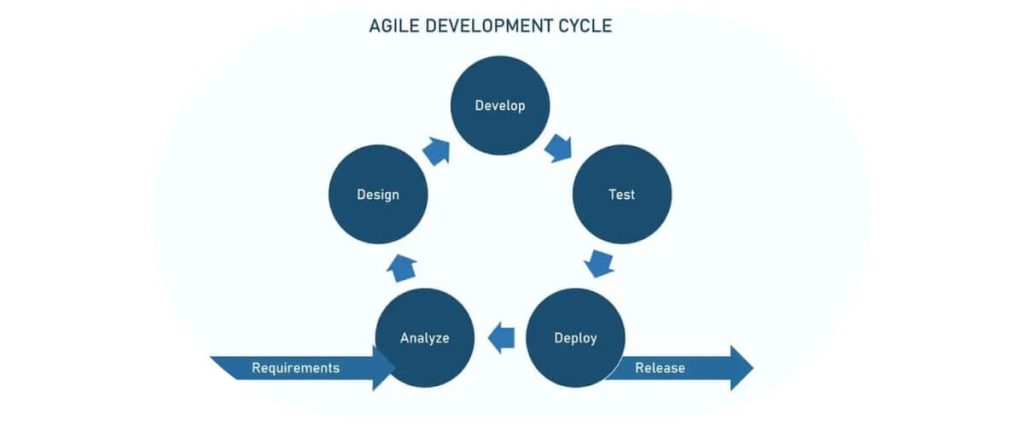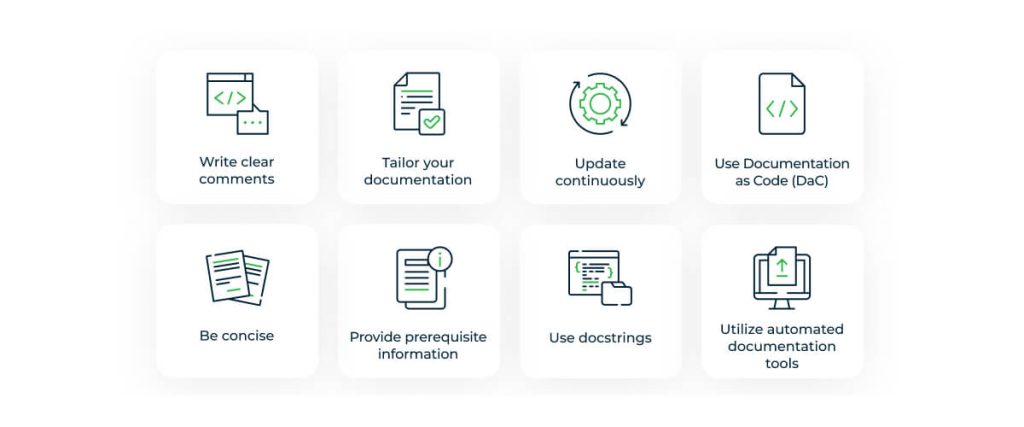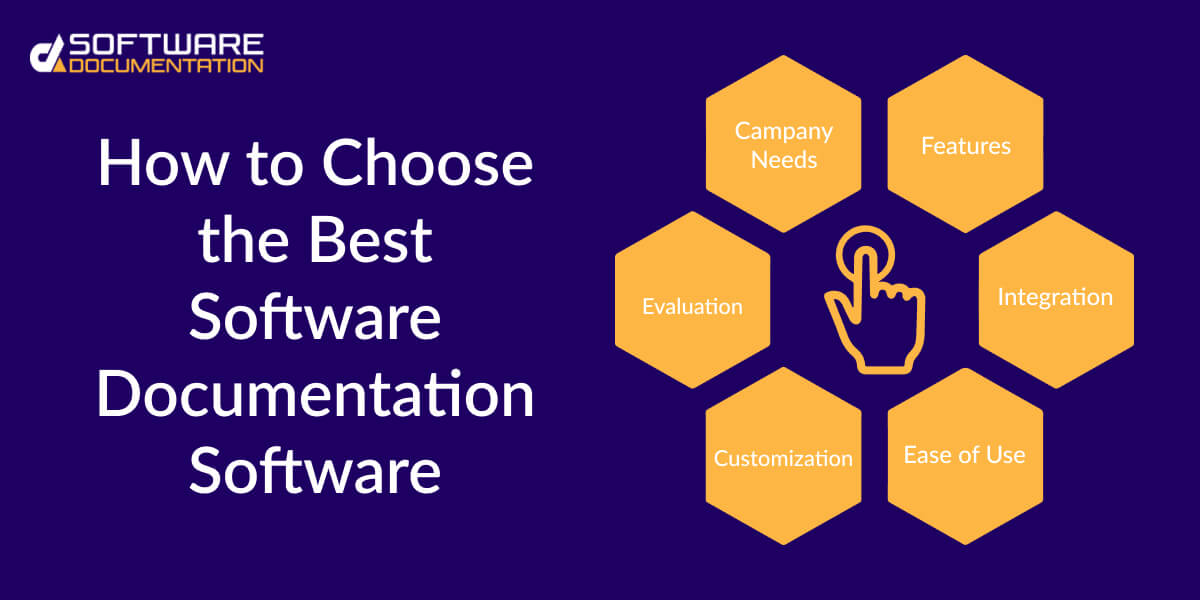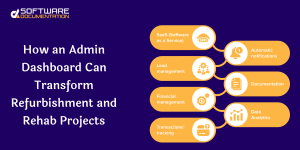Introduction
In the modern era of rapid software development, documenting everything clearly and effectively is essential for team collaboration and future reference. Proper documentation ensures that everyone stays at the top of their game while meeting project objectives. It serves as a bridge between complex systems and their users.
Choosing the right software documentation tools is important for streamlining workflows, enabling teams to collaborate, manage, and update documentation efficiently.
In this guide, you will learn how to choose any software documentation software by type, benefits, implementation, and best practices. You’ll have a good idea by the end on how to pick a solution that suits your requirements and helps your team to work best.
What is Software Documentation Software?
In simpler terms, software documentation software is designed to produce, manage ,and distribute documents for software projects as well. These tools work with all types of documentation from technical to user manuals, API references to Agile documentation.
Modern documentation management software is more than just plain text editing: it has version control, real time collaboration and integration with development tools.
Key Benefits of Documentation Software
- Efficiency: It streamlines creation and updating of the documentation.
- Collaboration: It facilitates teamwork at some points: commenting, editing in real time, and control over who can have access to the adapted document.
- Accessibility: Allows all the stakeholders to get or view documents with ease.
- Consistency: They help keep formatting and style in documents, uniform across documents.
- Integration: Integrates with other tools such as project management software, and with code repositories.
Types of Software Documentation Software
1. Technical Documentation Software
This software is well suited for building out technical guides or references and is perfect for developers and engineers.
Features:
- Code snippets integration.
- Syntax highlighting.
- Diagrams and flowcharts support.
Examples: Doxygen, Sphinx.
2. Agile Documentation Software
These tools are made to work in an Agile environment and are designed to support iterative and lean documentation practices.
Features:
- Integrations with Agile project management tools such as Jira.
- Support for sprints and iterations as collaborative editing.
- User stories and acceptance criteria templates.
Examples: Confluence, Notion.
3. API Documentation Software
These specialized tools for documenting APIs include tools to automatically generate documentation from code.
Features:
- From source code.
- API testing integrations.
- Documentation for developers: interactive.
Examples: Postman, Swagger.
4. Software Development Documentation Software
Finally, it covers all the documentation needs end to end for a software project from gathering requirements to deployment.
Features:
- Requirement, design, and testing templates.
- Useful integration with version control systems.
- Role-based access control.
Examples: GitBook, and Microsoft Word (with integrations).
5. Documentation Management Software
It is about the organization, archive, and storage of documentation, for easy retrieval.
Features:
- Centralized storage.
- Search functionality.
- There are audit trails and version histories.
Examples: Document360, SharePoint.

Key Features to Look for in Software Documentation Tools
1. Easy of Use
Tool should have a natural interface and a low learning curve such that team members can quickly get on with using the tool.
2. Collaboration
Real time editing, comments and mentions are critical to teamwork features.
3. Customization
Templates, custom branding and flexible layouts take care of the bottom line, and support documentation in order to meet organizational standards.
4. Integration
When looking for tools, seek those which fit into project managing software, code repo and version control seamlessly.
5. Search and Navigation
It is easy to search information with advanced search functions and navigation.
6. Security
Make sure that the software has built up a strong security perspective, with encryption, role based access and logs.
7. Scalability
It should be able to grow with your team and your growing documentation needs.
8. Offline Access
Individuals can still access documentation even without an internet connection with offline support.
How to Choose the Best Documentation Software
Step 1: Identify Your Needs
But if you are making things for your team, start by understanding what exactly your team requires. Consider the following:
- The format (technical, user manuals, API).
- Team size and structure.
- Needs for collaboration and integration.
Step 2: Evaluate Features
Find tools with matching features to what you need. For example:
- For Agile teams: If they don’t support iterative workflow, look for tools that are integrated with Jira.
- For API documentation: Make auto generation high priority and interactive documentation.
Step 3: Test the Tool
There are many documentation tools that you can try for free or demo. Use these to test:
- User-friendliness.
- It also has compatibility with your workflows.
- Under real world conditions.
Step 4: Assess Costs
Compare subscription fees, user or customer pricing, and enterprise plans. Consider what it can (and can’t) do for your team and do not spend more than you can comfortably afford a tool.
Step 5: Seek Feedback
Talk to people who will be using the tool every single day. The input that they provide is really helpful in choosing software which actually deals with a practical need.
Popular Software Documentation Tools
1. Confluence
A widely used tool for doing Agile documentation.
- Features: Real-time editing, integration with Jira, Templates.
- Best For: Agile documentation software.
2. GitBook
Beautiful documentation, created with a modern platform.
- Features: Provides Markdown support, API documentation, collaboration tools.
- Best For: Software and technical development documentation software.
3. Swagger
API documentation leader and API testing.
- Features: API testing, interactive UI + auto generated doc.
- Best For: API documentation software.
4. Document360
Also a powerful tool for knowledge base and document management.
- Features: Robust search, analytics, centralised repository.
- Best For: It is documentation management software.
5. Notion
An all in one tool for project management documentation.
- Features: Integrations, flexible layouts, real time collaboration.
- Best For: Agile documentation software.

Benefits of Using Software Documentation Tools
- Automating Repetitive Tasks and the Ability to Centralise documentation save time and effort.
- Collaboration Real time editing and comments create a shared environment for both distributed and traditional teams.
- Centralized storage and search facilities meant that information was easy to find and update.
- For consistency and consistent style of all documentation, Consistency Templates and style guides are used.
- Version control and audit trials Regulatory Compliance Tools help meet industry stand and regulations.
Challenges in Implementing Documentation Software
1. Resistance to Change
Most teams won’t be ready to jump on new tools.
Solution: Teach them what it’s about and why it is an advantage.
2. Integration Issues
Some tools do not integrate, won’t integrate, or do not integrate as you would hope.
Solution: Evaluate the compatibility with tools on the basis of flexible APIs and choose tools that can be tested during the evaluation phase.
3. Overhead Costs
Budgets can be strained out by premium documentation tools.
Solution: Go with free or low-cost solutions first, and pay only if you need to.
Best Practices for Using Documentation Software
- Specifications Clear specific items or requirements, guidelines for form, style, and contents in order to be confirmed.
- Pre-built Templates save time and create uniformity in use.
- Documentation Stays Up to Date To Match changes in software and processes.
- Use analytics to monitor how documents are used, and to find out where the gaps are.
- Train Your Team Make sure all of your team members are familiar with the tool that you choose.
Conclusion
Choosing the right software documentation software is important as it will greatly affect the efficiency and success of your development projects. But the need can range from Agile workflows to technical manuals to API references, so understanding the needs of your team is essential.
You will have a solution that focuses on features and services that help with collaboration, that simplifies management and that helps you with consistency in your documentation. At some point, as your team scales, becomes more cyclical and, of course, your business grows, you will be glad you decided on a good documentation tool.
FAQs
1. What is the best documentation software for Agile teams?
In real time collaboration, tools like Confluence and Notion are best, and in terms of integration with project management, tools like Jira are really nice for the Agile team.
2. Can documentation software handle version control?
The good news is that most modern documentation tools such as GitBook and Document360 pretty much all offer robust version control to track changes and manage document history so that you don’t have to.
3. Is there free documentation software available?
While tools like Doxygen and Markdown editors, or even free tiers of Notion or Confluence can help you with basic documentation needs, it’s not ideal because they have more challenges than benefits when scaled up to an enterprise level.
4. What is the importance of integration in documentation tools?
The integration of everything, makes sure that documentation tools play well with project management instruments, code repositories and other development tools, all making workflows a breeze.
5. How often should documentation be updated?
Documentation should be updated frequently whenever big changes are made to features, processes or organizational structure in a piece of software.



